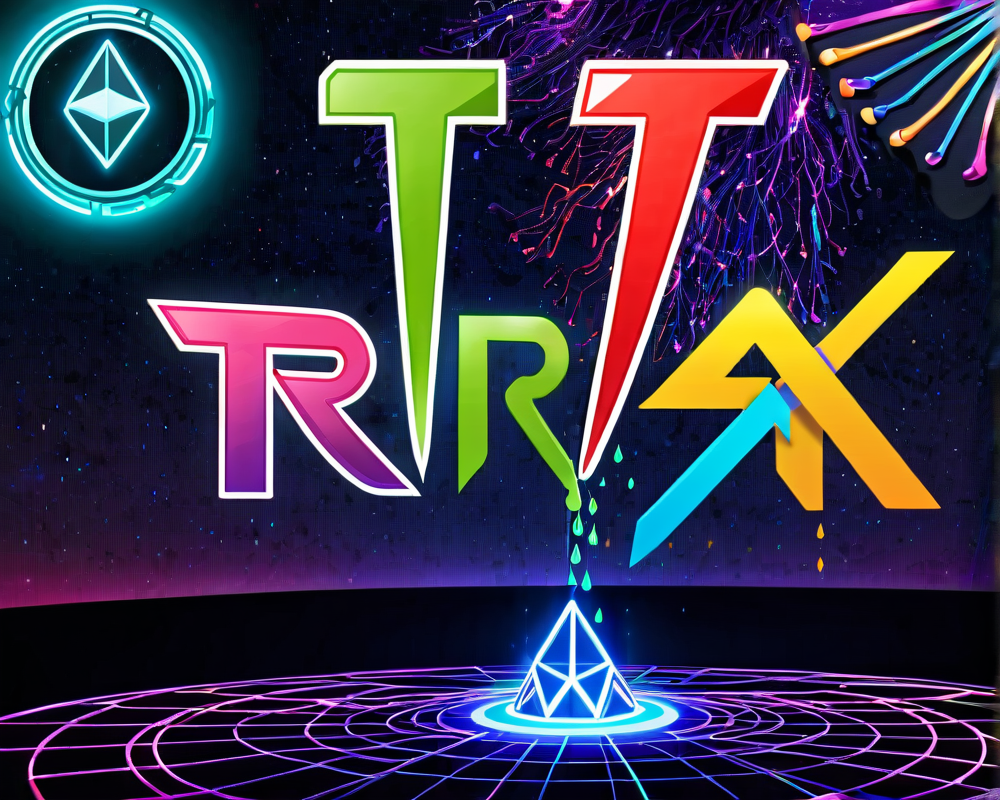The Artificial Intelligence Juggernaut
Artificial Intelligence (AI) continues to shake things up across industries from healthcare to finance, making life easier (or maybe just more confusing, depending on how you look at it). The capabilities of AI and machine learning models to funnel through heaps of data, deliver insights, and aid decision-making are both awe-inspiring and a tad unnerving. But hold your horses — this tech marvel comes with a notorious hitch: the black box problem.
What is the Black Box Problem?
Think of AI as a magic show that leaves you scratching your head. The black box problem arises from the arcane algorithms and intricate mathematical models that AI employs to generate predictions. When it comes to understanding how these systems work, it’s like trying to decode hieroglyphics with a blindfold on.
Here’s the scoop: most AI systems, particularly those powered by deep learning, process information in ways we do not fully grasp. For example, neural networks are essentially a collection of interconnected nodes that twist and turn your data into decisions like a complicated origami project. If you expect to see inside this unseeable box, you might be out of luck.
Impact on Trust and Reliability
Consider, for instance, the world of healthcare. AI models can analyze complex medical data to deliver diagnoses. You’d want to know why AI predicts a certain condition like you want to know who’s behind the pinata at a birthday party. If physicians and patients are left in the dark about the rationale behind these recommendations, skepticism inevitably creeps in. And guess what? This hesitation can stifle the evolution of healthcare technology.
Regulatory Challenges: The Wild West of AI
When it comes to regulations, the black box problem poses unique challenges for lawmakers. Imagine trying to assess the fairness and accuracy of AI-driven systems when you can’t even see what goes on inside! The European Union has recognized the picture and is moving ahead with regulations to classify AI by risk. However, trying to keep up with AI is like chasing a squirrel – fast, unpredictable, and occasionally very confusing.
Defying the Black Box: Strategies for Solutions
To crack this code, we need transparency, accountability, and a sprinkle of good old-fashioned collaboration. Enter explainable AI (XAI). This research area is like having a friend who actually explains the plot twists in your favorite sci-fi movie instead of leaving you hanging. XAI aims to decipher the enchanting complexity of AI processes, so users can get an explanation that makes sense.
The Open-Source Advantage
Another avenue worth exploring is open-source models. Opening up the AI playbook not only fosters collaboration but also allows stakeholders to poke around and better understand what lies behind the algorithms. It’s like giving everyone a backstage pass to the concert of the century.
AI in the Crypto Landscape
As if AI didn’t have enough on its plate, it’s jumped into the crypto arena. But again, the black box issue looms large. Investors often look for the golden goose of algorithmic trading, oblivious to the fact that they may be trusting a very confusing black box. It’s important for users to grasp the AI-driven models they engage with to safeguard their investments and not fall victim to misguided faith.
Conclusion: A Bright Future Ahead?
The road ahead for AI and its black box problem may be winding, but it’s not hopeless. Through partnerships and innovative strategies, we can demystify AI and turn it from a magic trick into a science – one that everyone can trust and understand. Stay tuned, because the integration of machine learning into our daily lives is just getting started!




